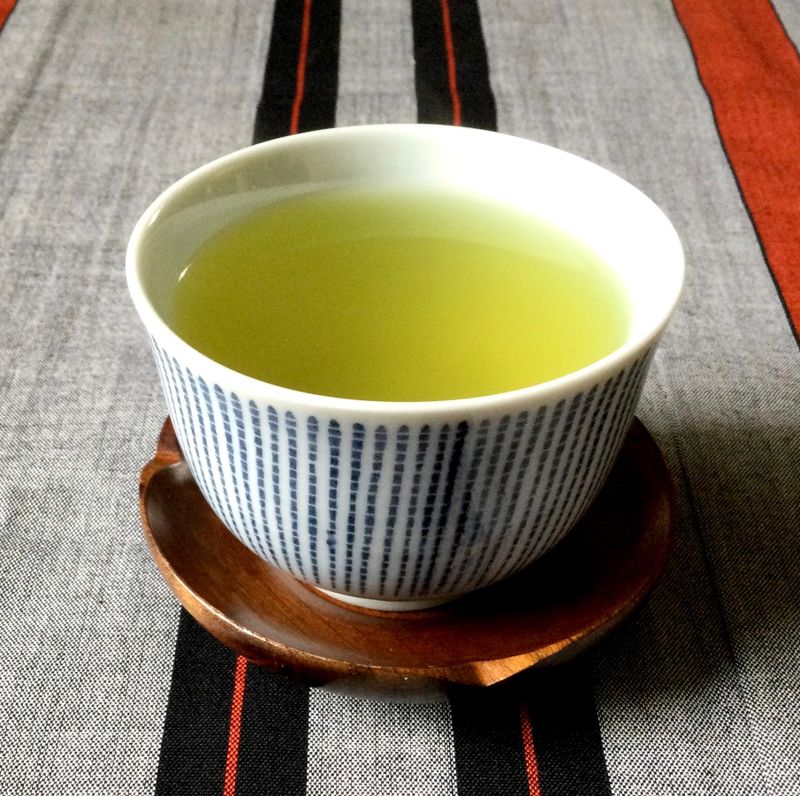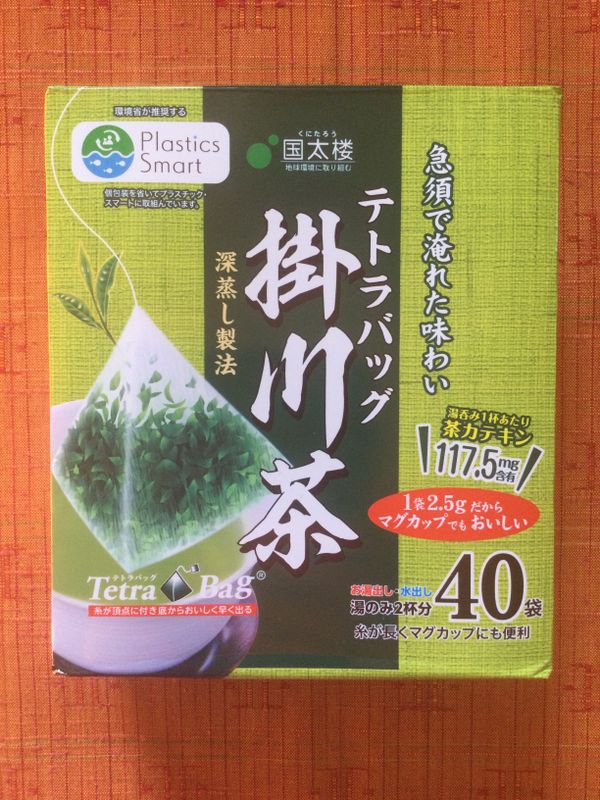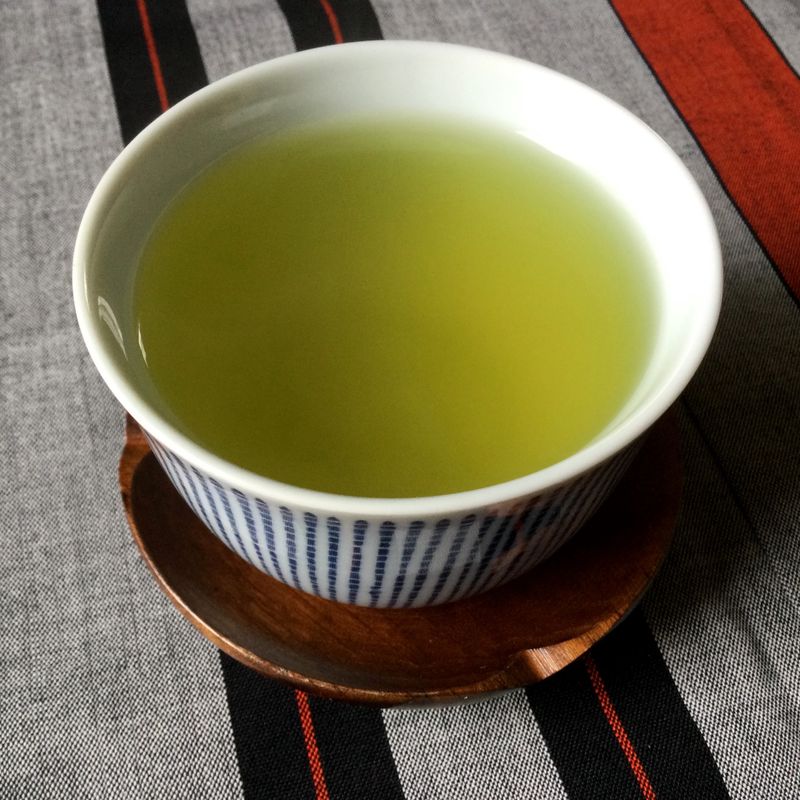Feb 12, 2021
Kakegawa City's fukamushicha

Kakegawa fukamushicha, deep steamed tea
Kakegawa City
The city of Kakegawa takes its name from Kakegawa Castle, the stronghold of the daimyo lords who ruled the Kakegawa Domain in what is now Shizuoka Prefecture.
The original castle dates from the 14th century but was significantly damaged by a 19th-century earthquake. In the 1990s, the castle was restored based on the original plans, funded by public donation. As the first wooden reconstruction with traditional techniques in modern times, it is recognized as one of Japan’s top 100 castles.
On the castle grounds, visitors can take in the daimyo lord’s residence, Take no Maru, and enjoy a tea with sweets at the Ninomaru Goten, a classic tea house.
The city’s tea plantations produce about a tenth of Shizuoka’s green tea production. What distinguishes Kakegawa’s tea production is the cultivation method. Pampas grass is cut and layered over the soil, enhancing the nutrients that feed the plants, in turn, the quality of the tea. This agricultural practice is noted for its contribution to biodiversity, contributing to the flourishing of flora and fauna that thrive under the tea bushes.
A trip to Shizuoka Prefecture is enchanting. On my last trip, I took time to soak in the onsen spas in Atami and stroll in the streets of the historical city of Shimoda. Even if Shizuoka isn’t on your travel itinerary just yet, you can enjoy the teas from the prefecture as they are widely available at tea shops and supermarkets in Japan.
Kakegawa's Tea
I told you how I follow the advice of my wine aficionado friend, who, on recommending wine, told me to focus on one variety. As you sample a selection of a tea variety, you come to know its characteristics.
My most recent tea purchase is the prosaic bagged tea, fukamushi seiho, deep steamed tea.

Kunitaro's Kakegawacha - Fukamushi seiho
I settled on this particular offering from Kunitaro for a few specific reasons. For one, I intend to send a few of these packages abroad to tea-drinking friends. They’re not accustomed to brewing loose tea, so the convenience of bagged tea is a major appeal.

Plastic Smart packaging
For another, this package is meant to reduce consumer waste. The exterior is plastic, to protect the freshness of the contents, and the interior paper, which is biodegradable or in some places recyclable.
Of course, I sample the tea myself. To my mind, tea in the right teacup is an integral part of tea drinking. To that end, I poured my tea into a simple but attractive teacup placed on a saucer that adds to the experience.

A simple teacup to set off the color of the tea
The bagged tea is no less flavorful than loose leaf. This tea has got a sweet and grassy aroma and a velvety texture that lingers on your tongue. Sipping this tea makes for a great afternoon pick me up.
This post is supported by Shizuoka Green Tea Guide, one of City-Cost's Supporters helping City-Cost bloggers to enjoy life in Japan and engage in new experiences.



0 Comments